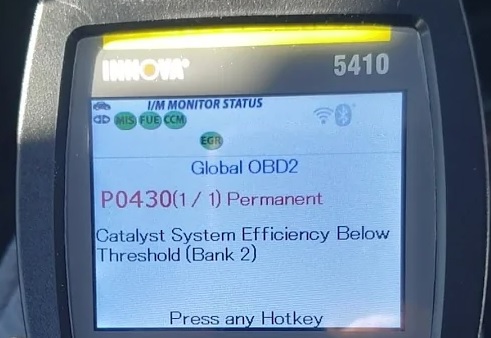
If you have a Jeep Wrangler and are getting a P0430 error code, there is a problem with a catalytic converter not operating to efficiency.
The official definition is a “PO430: Catalyst System Efficiency Below Threshold (Bank 2)“.
Several things can cause this error, including Oxygen Sensor, Exhaust Leak, and Catalytic Converter.
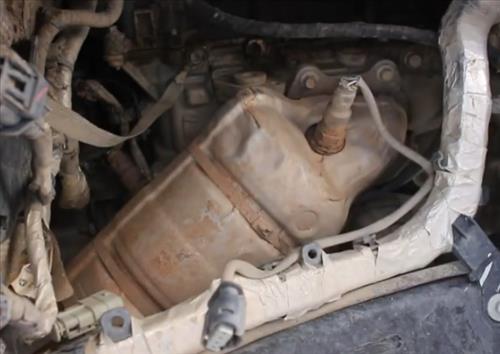
Since the Catalytic Converter is the most costly part, all the other components should be tested first before it is replaced.
Possible Causes of P0430 in a Jeep Wrangler
- Exhaust Manifold Leak
- Intake Manifold Leak
- Other Exhaust Leak
- Oxygen Sensor
- Catalytic Converter
- O2 Sensor Wiring
- Timing
- Engine Temp Sensor
Related OBDII Error Codes
- PO401: Insufficient EGR Flow
- PO402: Exhaust Gas Recirculation (EGR) Excessive Flow Detected
- PO410: Secondary Air Injection System Malfunction
- PO420: Catalyst System Efficiency Below Threshold (Bank 1)
- PO421: Warm-Up Catalyst Efficiency Below Threshold (Bank 1)
- PO430: Catalyst System Efficiency Below Threshold (Bank 2)
- PO431: Warm-Up Catalyst Efficiency Below Threshold (Bank 2)
What is a Jeep P0430 Code?
The onboard computer (ECM) sees the Catalytic Converter operating below the efficiency or operating below the threshold.
This does not necessarily mean the Catalytic Converter is bad; while it could be bad other components can cause the same symptoms.
When a Jeep gets a P0430 code, it simply means that the catalytic converter is not able to function properly.
The catalytic converter is one of the last components of an emission diagnostic system that all needs to work.
How To Troubleshoot and Fix a Jeep P0430 Code
The first thing to do, if possible, is to drive the Jeep and check for any fuel or spark delivery problems such as hesitation, stumbling knock, indicating misfire, or improper fuel delivery.
Check the tailpipe, especially when the vehicle starts, for any smoke indicating it is running too rich (black smoke), water (white smoke), or oil (blue smoke).
Check for an intake and exhaust manifold leak.
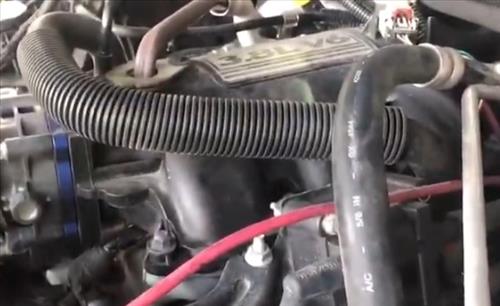
Many jeep owners have reported loose intake bolts that caused the issue.
Likewise, a loose or cracked exhaust manifold can cause a problem.
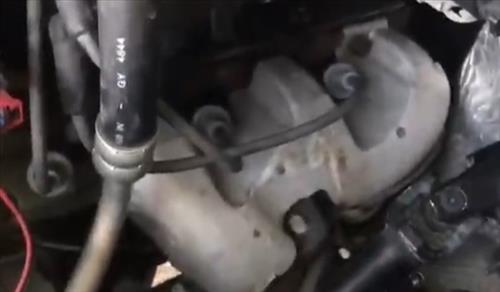
Examine the wiring going to the O2 sensors for loose connections or breaks.
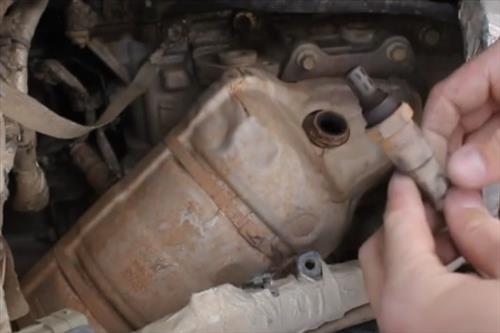
After everything else is checked the O2 sensors can be tested or replaced.
Using an OBDII scan tool, look at the O2 sensor output signals; Sensor 1 is before the converter, Sensor 2 is behind the converter
Sensor 1
Sensor 1 output should be very active and oscillate rapidly from approximately 0 to less than 1 volt.
If the signal tends to show high voltage with little fluctuation, excessive unburnt fuel is reaching the sensor.
If Sensor 1 shows low or no voltage, the sensor could be defective,
If the sensor does not respond to a rapid accelerator kick-down, chances are the sensor is defective.
Sensor 2
Sensor 2 should show a relatively steady signal. It is not critical what the signal is, only that it does not oscillate as frequently as Sensor 1.
If the signal is above 250mV, the sensor is fine. If it is below, check for activity by rapid accelerator kick-down or by raising the engine speed to approximately 2000 rpm. Any movement indicates the sensor is fine.
Summary
When a Jeep Wrangler gives a P0430 OBDII error code, it can be caused by several things.
While some mechanics will rush to replace the catalytic converter, it can be caused by other issues which should be tested first.
Be sure to check that the intake manifold bolts are tight, as many Jeep Wrangler owners have reported loose bolts being an issue.
Also, check the exhaust manifold is tight and has no cracks along with the exhaust pipe.
Examine the wiring going to the O2 sensors, which may have a cut or a loose connection.
If everything else looks good, the O2 sensors can be tested with an OBD scan tool or replaced to see if the problem clears.
Last, the catalytic converter can be replaced once all other things have been eliminated as a problem.